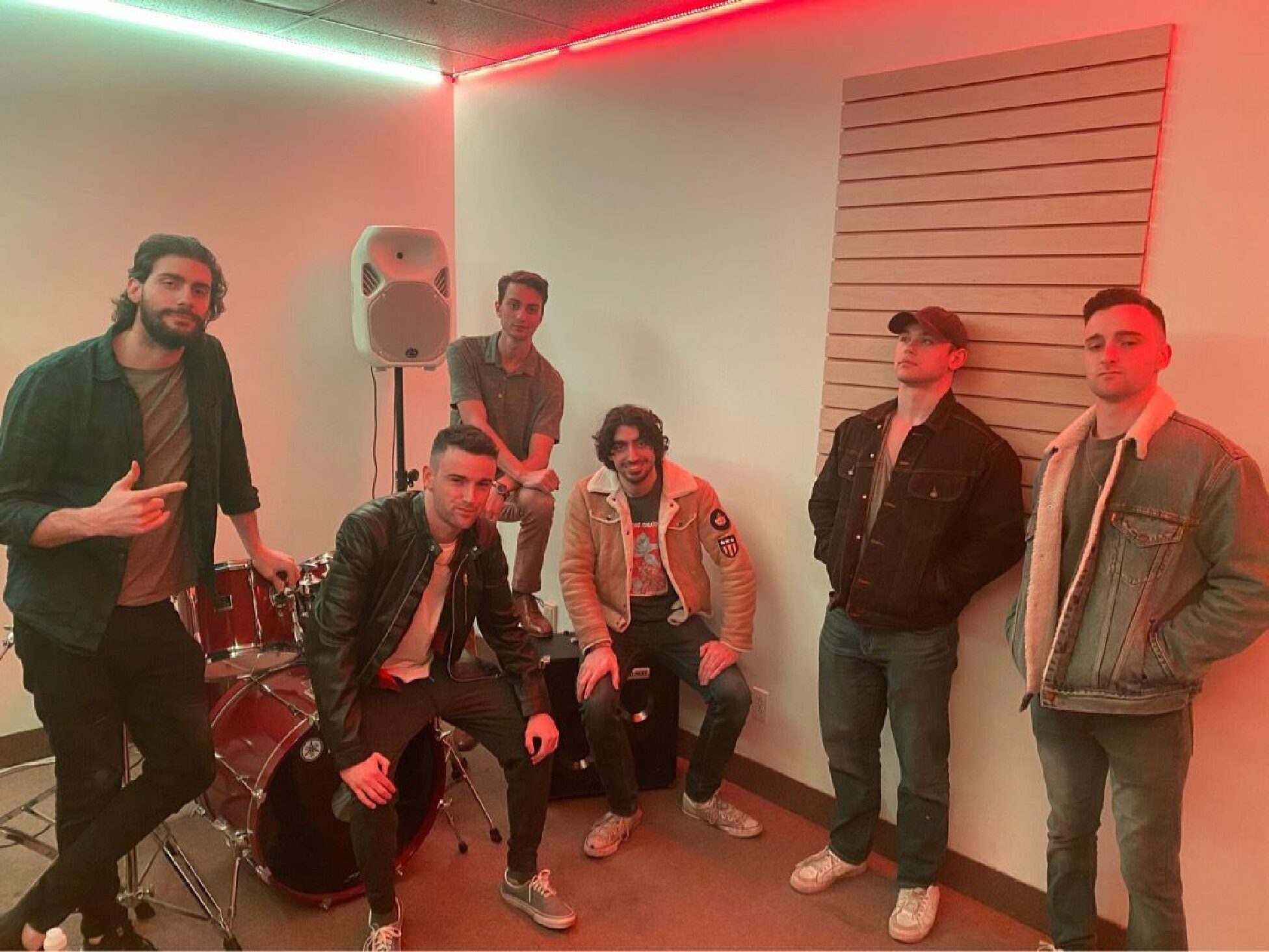You don’t have to be a gamer to appreciate these wicked dance-floor burners
As video games have drastically evolved through new advancements in technology and growing production budgets, so have the ways in which music and interaction converge to create impactful, thrilling moments.

A video game’s soundtrack can very well be a game’s defining characteristic and essentially reshape what would otherwise be just another level or objective. More importantly however, a lot of these soundtracks are just plain incredible on their own merits.
It’s easy to forget just how influential and important video game music has been for a lot of popular music, namely for the development of electronic music; chiptune music was essentially born out of the limited memory afforded by video game consoles. Take the legendary work of music composer and programmer Yuzo Koshiro, whose soundtracks in numerous Sega Genesis titles has earned him a prestigious place in the development of the acid techno movement of the early ‘90s.
Koshiro is perhaps best known for the infectious dance floor burners that bring the famed Streets of Rage series to life. Together with fellow composer and collaborator Motohiro Kawashima, Koshiro utilizes the Sega Genesis’ hardware to its fullest potential, squeezing an incredibly authentic and multi-layered take on acid techno through the most modest of sound boards. A sample of Streets of Rage 2’s high-octane raver “Expander” even found its way into infamous South African group Die Antwoord’s “Happy Go Sucky Fucky.”
It’s also easy to forget just how important game audio can be for a game’s emotional centre; sweeping music, like in film, is often used to elicit very specific emotions from its audience. Voice acting is still relatively recent additions to the medium’s storytelling tools, therefore many releases had to rely on music to effectively convey specific emotions.
Japanese composer Nobuo Uematsu made a name for himself by crafting gorgeously evocative orchestral pieces, all arranged through limited sound channels and MIDI sequencers, for the storied Final Fantasy franchise. As the series moved onto newer, more powerful hardware, Uematsu only grew more ambitious with his arrangements, though he mostly stuck to these digitized means. This format has done little to hinder his reputation, having been deemed the “John Williams of the video game world” by numerous critics and lauded as one of the most influential modern classical composers in his field.
Some soundtracks also exhibit numerous bizarrely inventive quirks of their own; Katamari Fortissimo Damacy, the soundtrack to the inherently Japanese Playstation 2 title Katamari Damacy, is one such soundtrack. Blending such disparate genres as Shibuya-kei, jazz, lounge and chiptune into one incredibly manic and colorful whole, Katamari Fortissimo Damacy transcends what video game soundtracks strive to be. Though not wholly made up of original works, another recent and varied example of this is the neon-drenched nightmare that is Hotline Miami 2: Wrong Number. Featuring a thrilling mix of percussive electro-house synths and atmospheric, Carpenter-esque ambiance, Wrong Number’s soundtrack stands out as one of the year’s most impressive albums.
Though video games have long been the butt end of geek culture stereotypes and jokes, their influence on surrounding media is undeniable. Whether a wholly original collection of songs or a finely curated set of licensed pieces, video game soundtracks should not be ignored simply by virtue of being part of an interactive product. You don’t need to be good at video games to appreciate great music.



